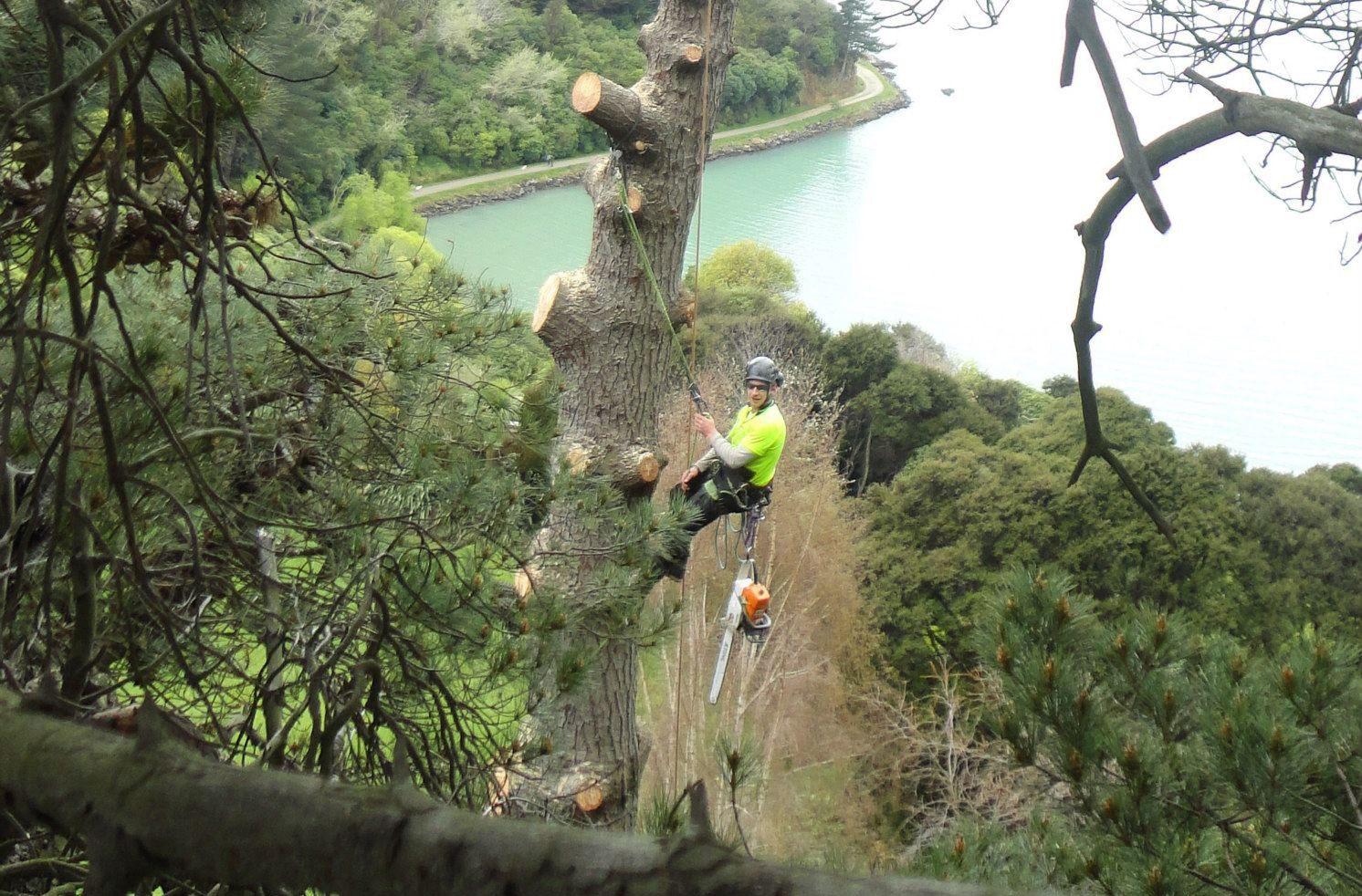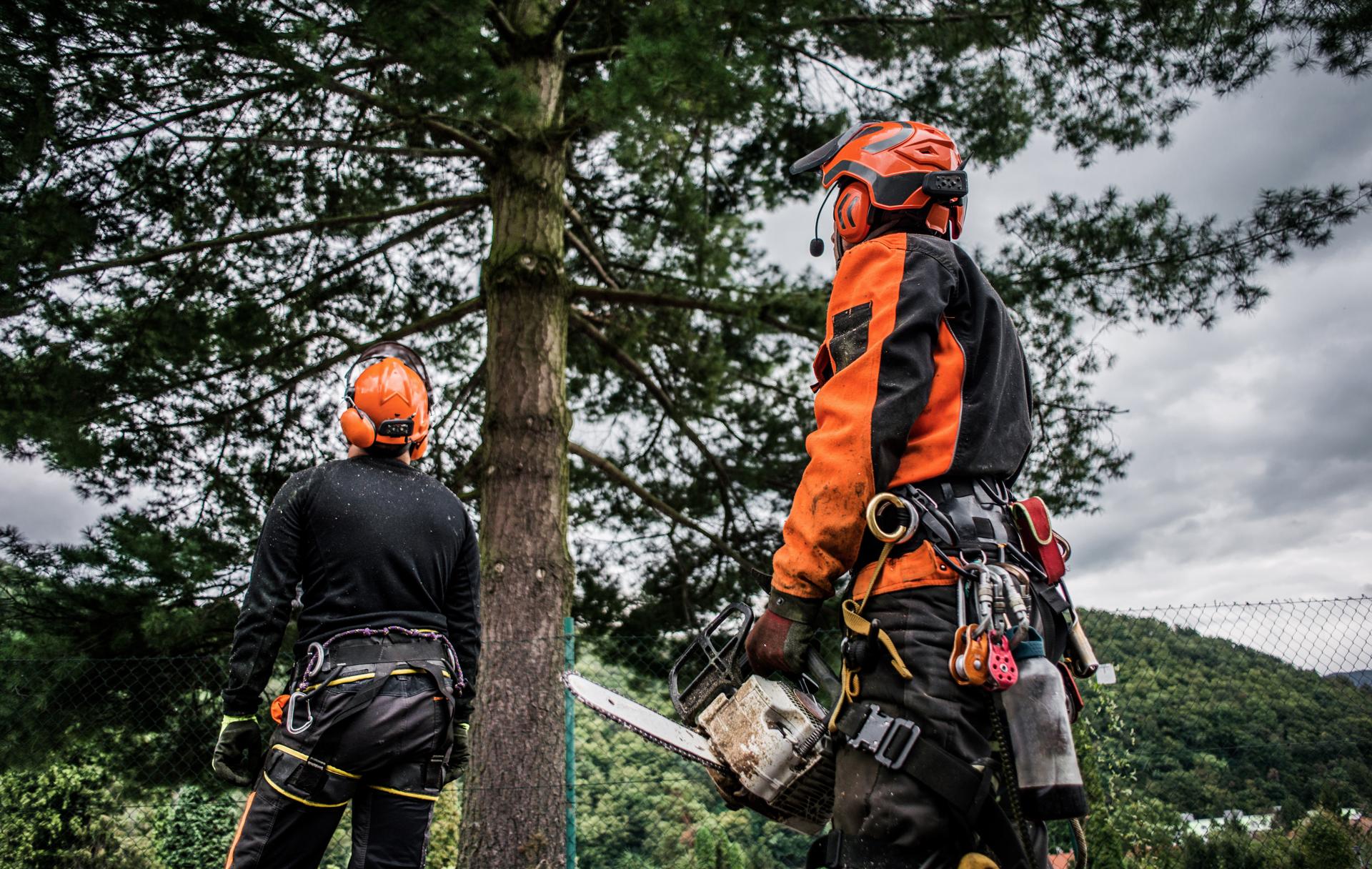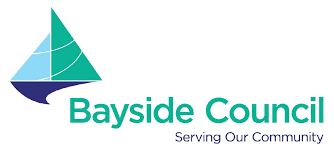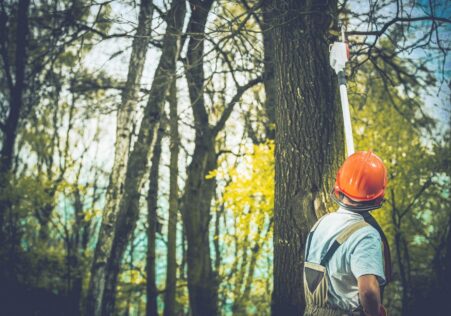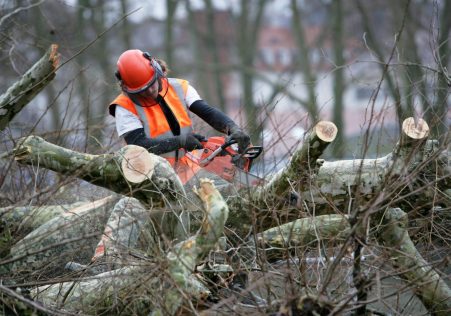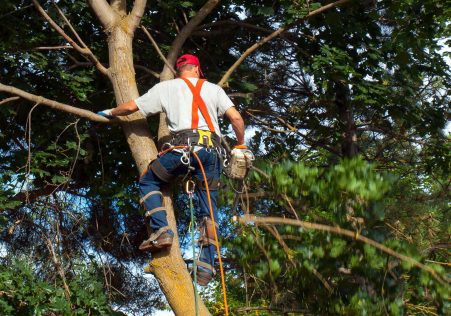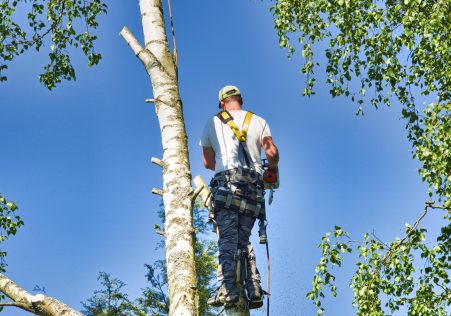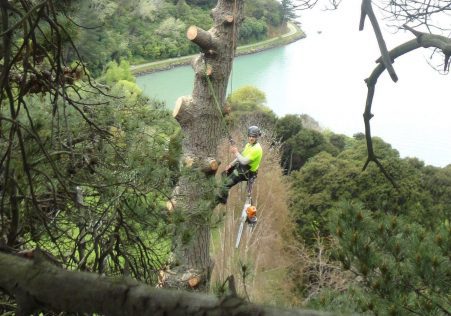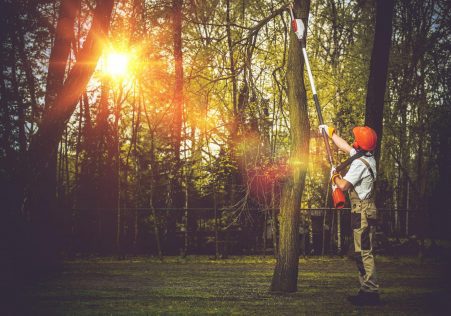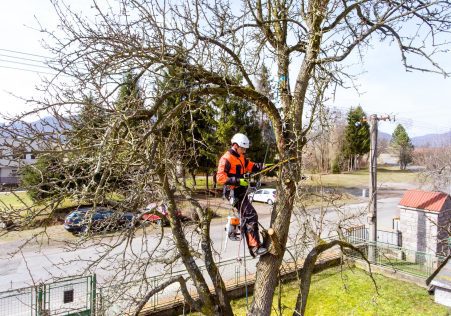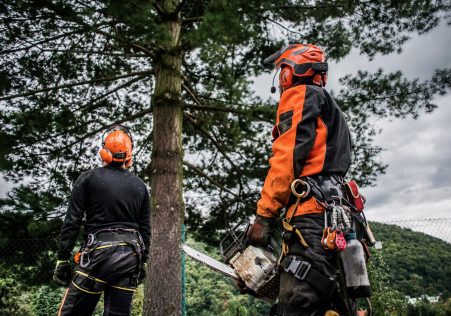An Arborist's Manual to Tree Felling
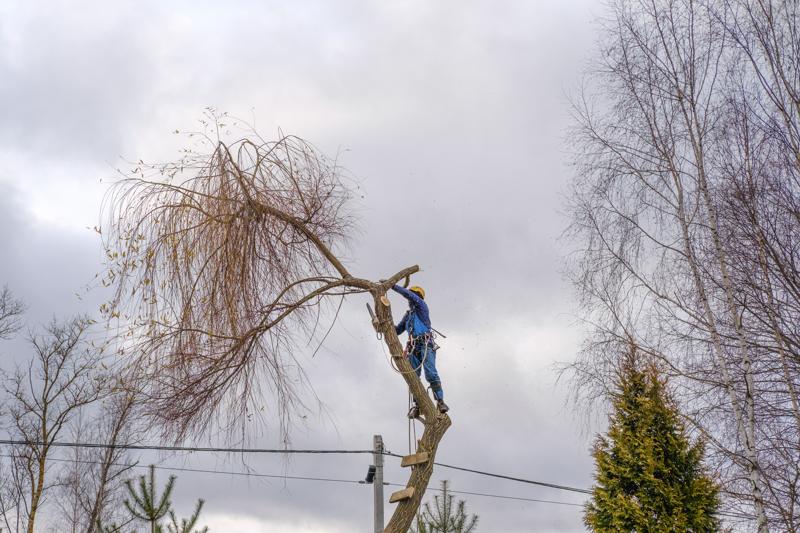
Tree removal is a difficult and potentially dangerous task. If a tree is dying, diseased, or in danger to fall, the tree may have to be removed in order in order to protect property and make sure that the tree is safe. But how do you tell if a tree needs to be removed? This article will guide you through the signs to be looking at and guide you decide whether it’s time to call the experts.
Dead or Dying Trees
One of the evident signs that a tree needs to be removed is when it is dead or dying. Dead trees are without leaves and could appear lifeless. If a tree doesn’t have leaves or any signs of new growth, it is likely dead. Additionally, the bark of a dead tree could be cracked, dry, or peeling.
Trees that are diseased
Diseased trees could pose a danger to the other plants and trees in the area. The most common signs of disease for trees include dying leaves, wilted or yellowed branches, and mushroom growth at the base and the top. If you think your tree may be diseased it is important to get it checked by an arborist who is a professional.
Leaning Trees
TreesLeaning trees to one side may be a sign of a failing root structure, and the tree may be in danger of falling. To identify if a leaning tree could be a threat, check for cracks or broken areas in the trunk and look into the soil around the tree’s base. If you see any of these signs you should have the tree evaluated by an arborist.
Overhanging Branches
The branches of overhanging trees located close to buildings or power lines can be a danger to property and safety. If you’re concerned regarding branches that hang overhanging It is recommended to have the tree evaluated by an arborist who can determine if removal or trimming is necessary.
FAQs
How can I tell whether a tree is dead?
The tree will be considered to be dead if it lacks leaves and has no indication of growth. In addition, the bark of dead trees can be dry, cracked, or peeling.
What are the symptoms of a tree that is diseased?
The most common signs of disease on trees include the appearance of yellowing leaves, wilted branches, and the growth of mushrooms at the bottom of the tree.
Is it safe to take down a tree yourself?
Tree removal is a complex and possibly dangerous job. It is best to leave the task to the experts to protect yourself and others.
Conclusion
When it comes to tree removal, you need to be able to identify the signs that a tree should be cut down. By being aware of the indicators of dying or dead trees, diseased trees leaning trees, and overhanging branches, you can take steps to protect your property as well as those surrounding you. If you believe that a tree on your property requires removal do not hesitate to contact Northern Beaches Tree Removal for a professional assessment. Our highly trained arborists are equipped with the knowledge and experience to meet the tree removal requirements. Don’t risk your security. If you believe that the tree that is on your property should be removed, call Northern Beaches Tree Removal today for a expert assessment. Our experienced arborists can provide you with peace of mind that comes from knowing your property is in safe with us. Call us now to 1300 636 143 to schedule an appointment.

